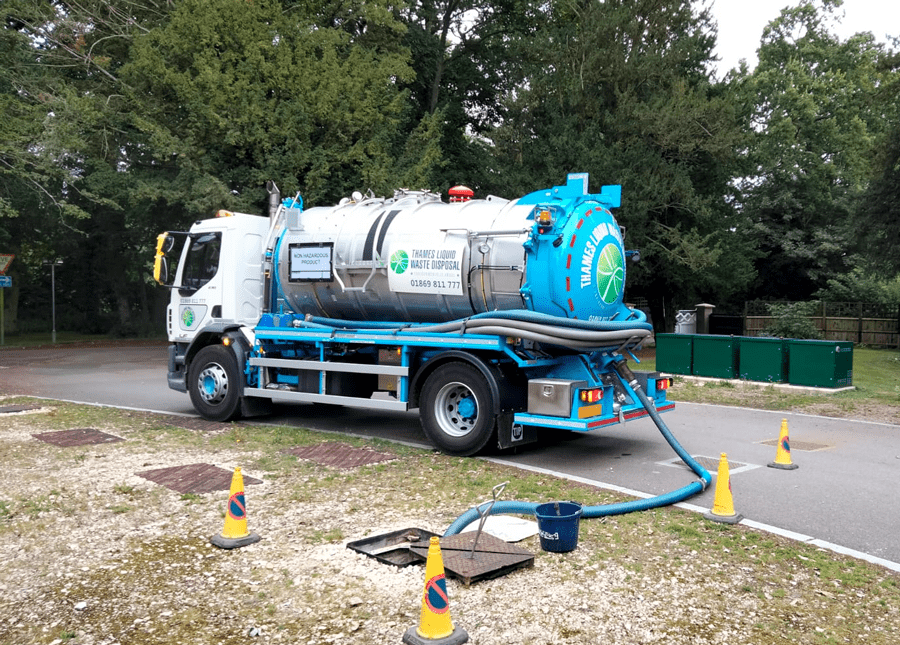Getting The Reclaim Waste To Work
Getting The Reclaim Waste To Work
Blog Article
Some Of Reclaim Waste
Table of ContentsHow Reclaim Waste can Save You Time, Stress, and Money.Unknown Facts About Reclaim WasteSee This Report on Reclaim WasteThe Buzz on Reclaim WasteReclaim Waste Can Be Fun For Anyone
Explore the types, occurrences, and types of fluid waste. Domestic sewer waste describes the waste and items from a domestic septic system. This type of waste is produced by human beings in houses, colleges, and various other buildings. This only includes sewage-disposal tanks that have a drain field. The correct administration and disposal of residential sewage waste require fluid waste to be transferred to a sewage therapy plant where the correct approaches and devices are put on cleanse and deal with waste.
Business waste often includes potential hazards, such as flammable products or a combination of fluid and solid waste products, and calls for an advanced and detailed disposal procedure. The disposal of industrial waste usually includes the purification of waste before transport to ensure risk-free and proper disposal. Industrial waste is developed from byproducts and drainage of industrial procedures and production.
This type of waste can not make use of the very same sewer administration transportation or processes as septic or commercial liquids. The hazardous waste administration procedure calls for the assessment and screening of fluid waste before it goes through the disposal process (liquid waste removal melbourne). Overflow waste is the liquid waste that comes from drainage and excess stormwater in highly populated locations or cities
Overflow waste can cause contamination and flooding if not taken care of effectively. Making certain correct waste administration can stop catastrophes and lower environmental harm.
Reclaim Waste Fundamentals Explained
Contact PROS Providers today to learn more about our waste administration and disposal services and the proper means to take care of the fluid waste you produce.
(https://sitereport.netcraft.com/?url=https://reclaimwaste.com.au)Do you recognize what takes place to your water when you pull the plug, flush the commode or drain the cleaning equipment? No? Well, it's worth knowing. This supposed 'wastewater' is not only a crucial resource yet, after treatment, will certainly be launched to our land, waterways or the sea. Made use of water from bathrooms, showers, baths, cooking area sinks, laundries and commercial procedures is understood as wastewater.

water made use of to cool down machinery or tidy plant and tools). Stormwater, a form of wastewater, is drainage that moves from farming and metropolitan locations such as roof coverings, parks, gardens, roadways, courses and gutters into stormwater drains pipes, after rainfall. Stormwater moves unattended directly to regional creeks or rivers, eventually getting to the sea.
Reclaim Waste Can Be Fun For Everyone
In Queensland, most wastewater is dealt with at sewer therapy plants. Wastewater is transported from domestic or industrial sites via a system of sewers and pump stations, known as sewage reticulation, to a sewer therapy plant.
The Division of Natural Resources suggests city governments concerning handling, operating and preserving sewage systems and therapy plants. In unsewered areas, city governments may require homeowners to set up individual or household sewer therapy systems to deal with domestic wastewater from commodes, kitchen areas, shower rooms and laundries. The Division of Natural Resources authorizes making use of home systems when they are proven to be reliable.
In some new class, treatment of some stormwater to get rid of trash, sand and gravel has begun making use of hop over to here gross contaminant traps. Wastewater therapy occurs in 4 stages: Gets rid of solid issue.
Wastewater after that flows into large containers where solids resolve and are removed as sludge. Grease and residue are skimmed from the surface. Utilizes little living organisms referred to as micro-organisms to damage down and remove remaining liquified wastes and fine bits. Micro-organisms and wastes are included in the sludge. Removes nitrogen and phosphorus nutrients that could cause algal flowers in our rivers and threaten aquatic life.
Reclaim Waste Can Be Fun For Anyone
Nutrient elimination is not offered in any way sewer treatment plants because it requires expensive specialised devices. It is ending up being much more typical in Queensland. Clear fluid effluent generated after therapy might still contain disease-causing micro-organisms. If this effluent is released into rivers such as rivers or the sea, the micro-organisms will at some point die out.

This normally means wastewater needs to be dealt with or pollutants removed prior to it can be discharged to waterways. The majority of wastewater moves right into the sewerage system. Under the Act, local federal governments administer approvals and permits for ecologically relevant tasks (ERAs) entailing wastewater releases that could have a regional impact. The department carries out approvals and permits to Ages including wastewater launches that may have a local or statewide influence.
What Does Reclaim Waste Mean?
Or else, samples are taken for research laboratory analysis. Often numerous examinations are needed to establish the levels of each of the various contaminants such as oils, heavy steels and chemicals in water. Monitoring offers accurate details concerning water quality and can verify that licence conditions are being fulfilled. The details obtained through tracking gives the basis for making water quality decisions.
Report this page